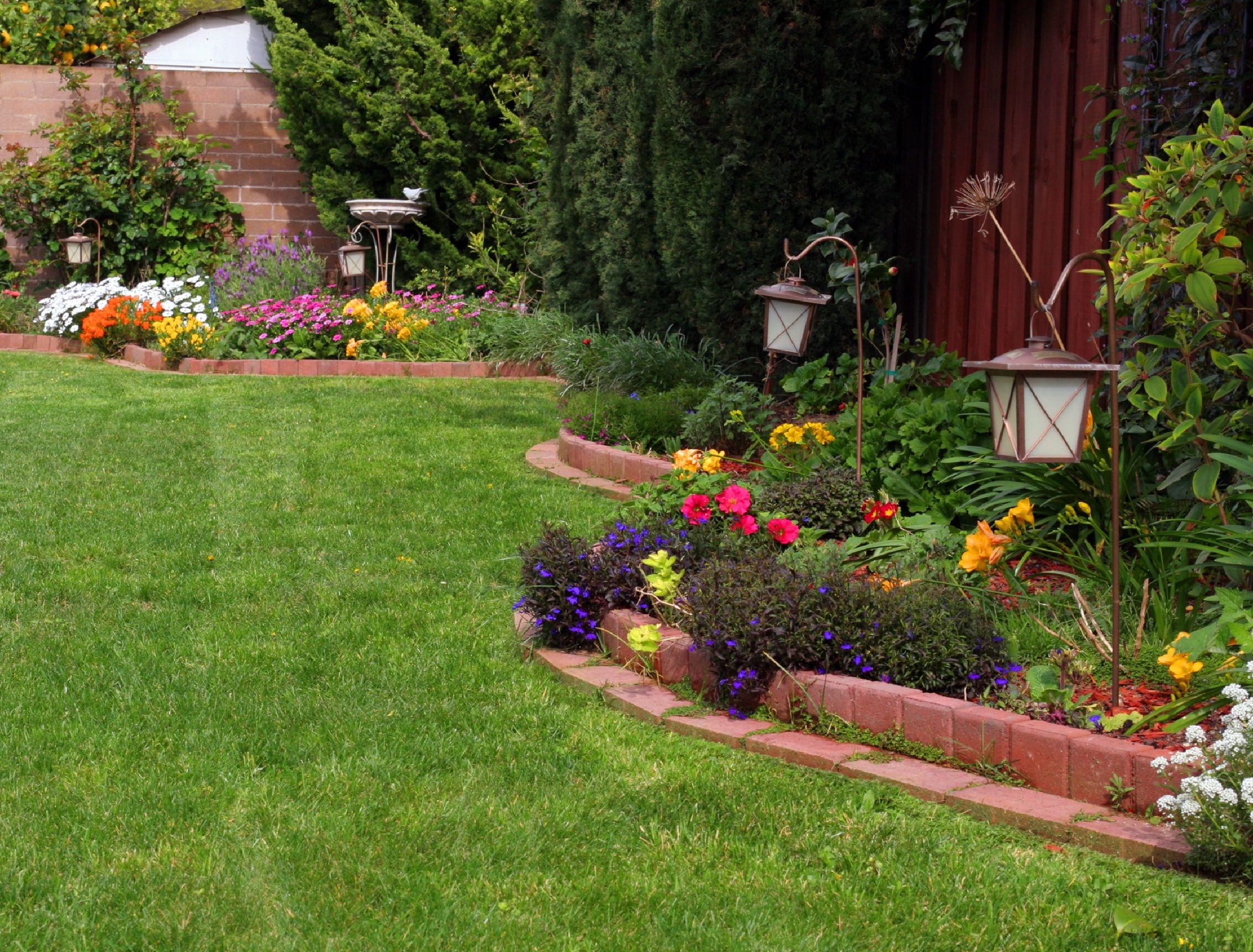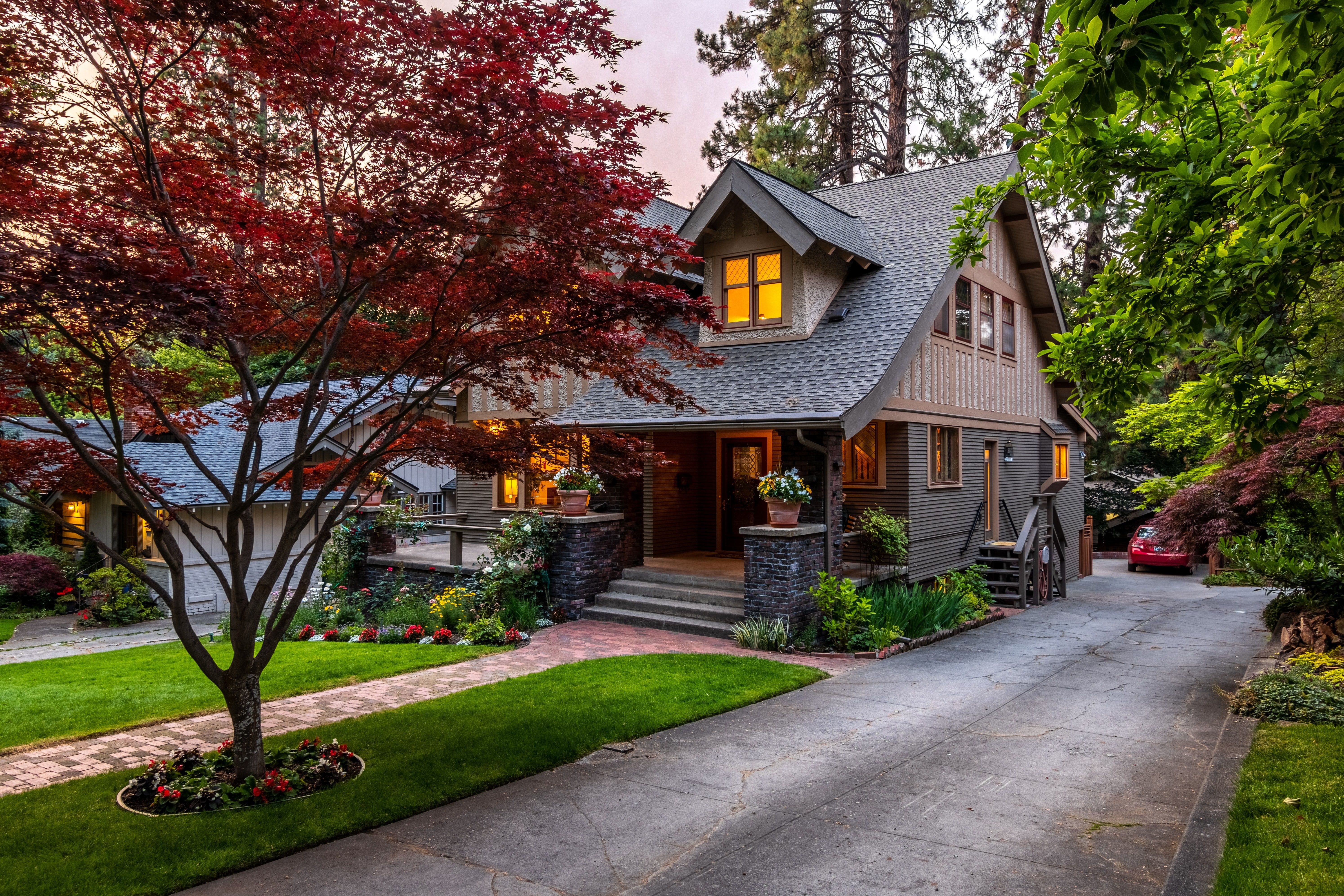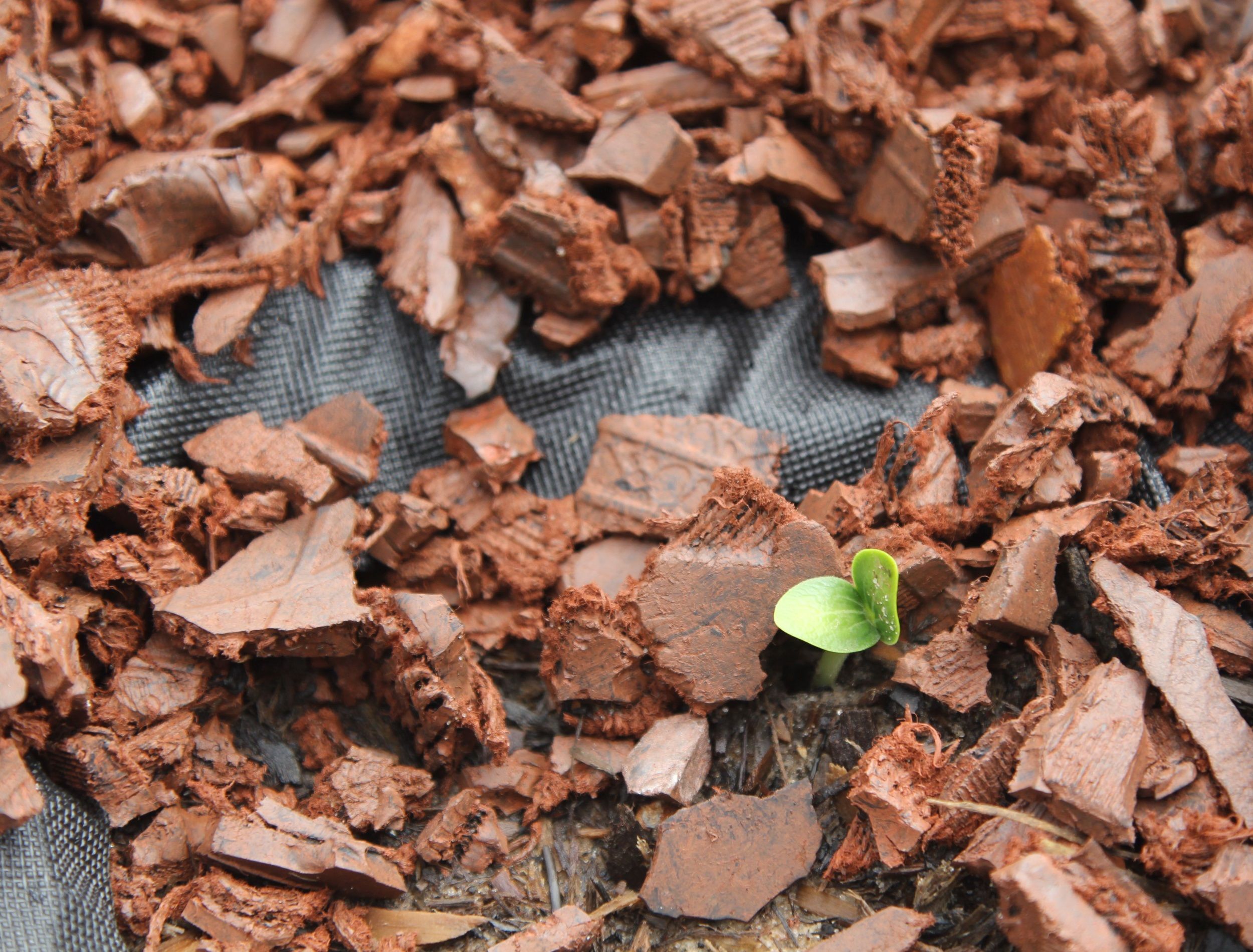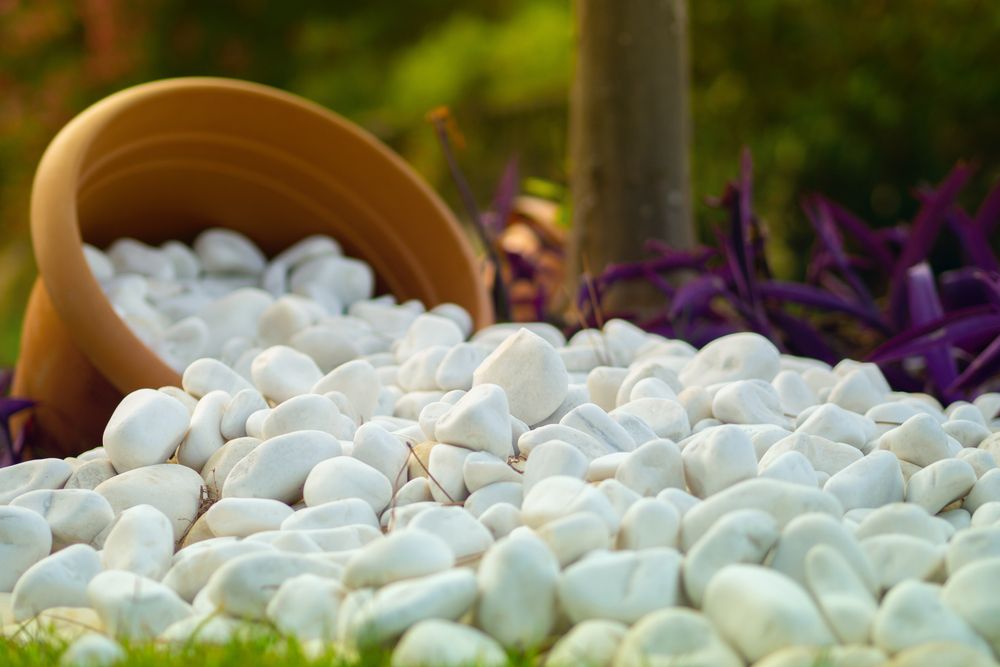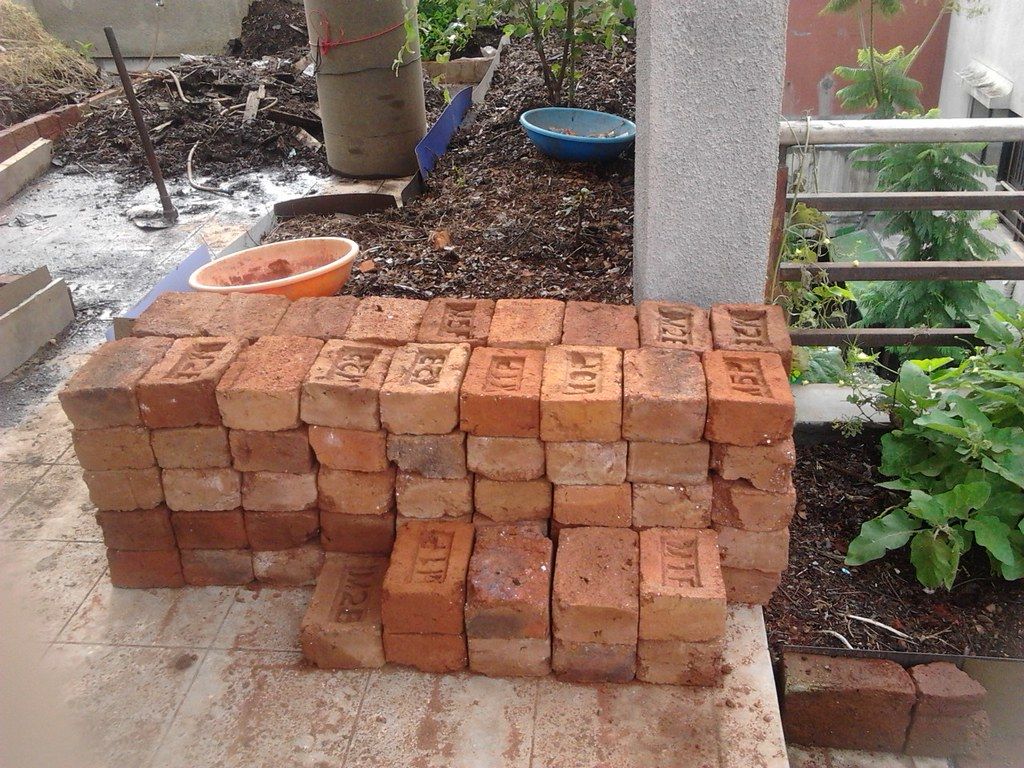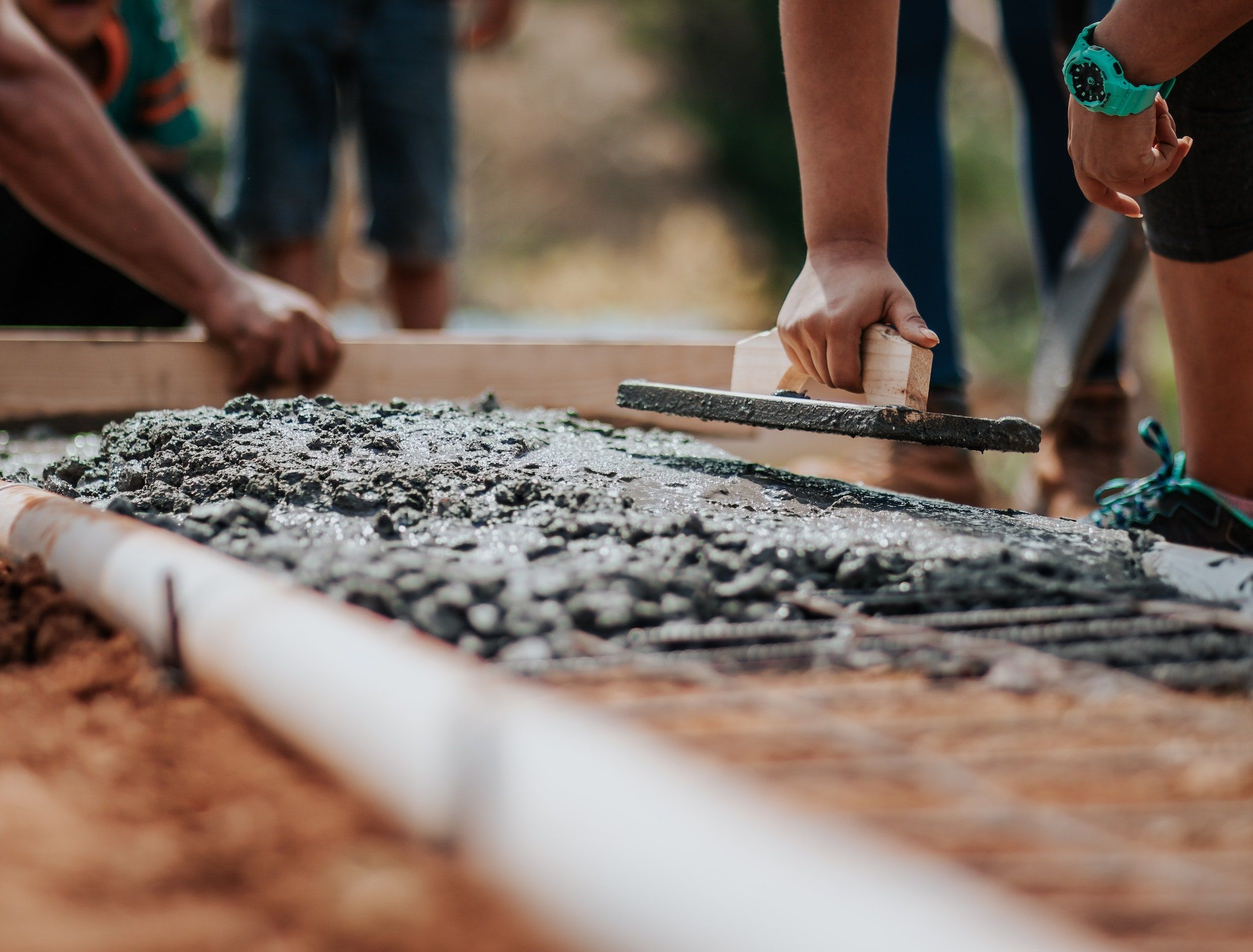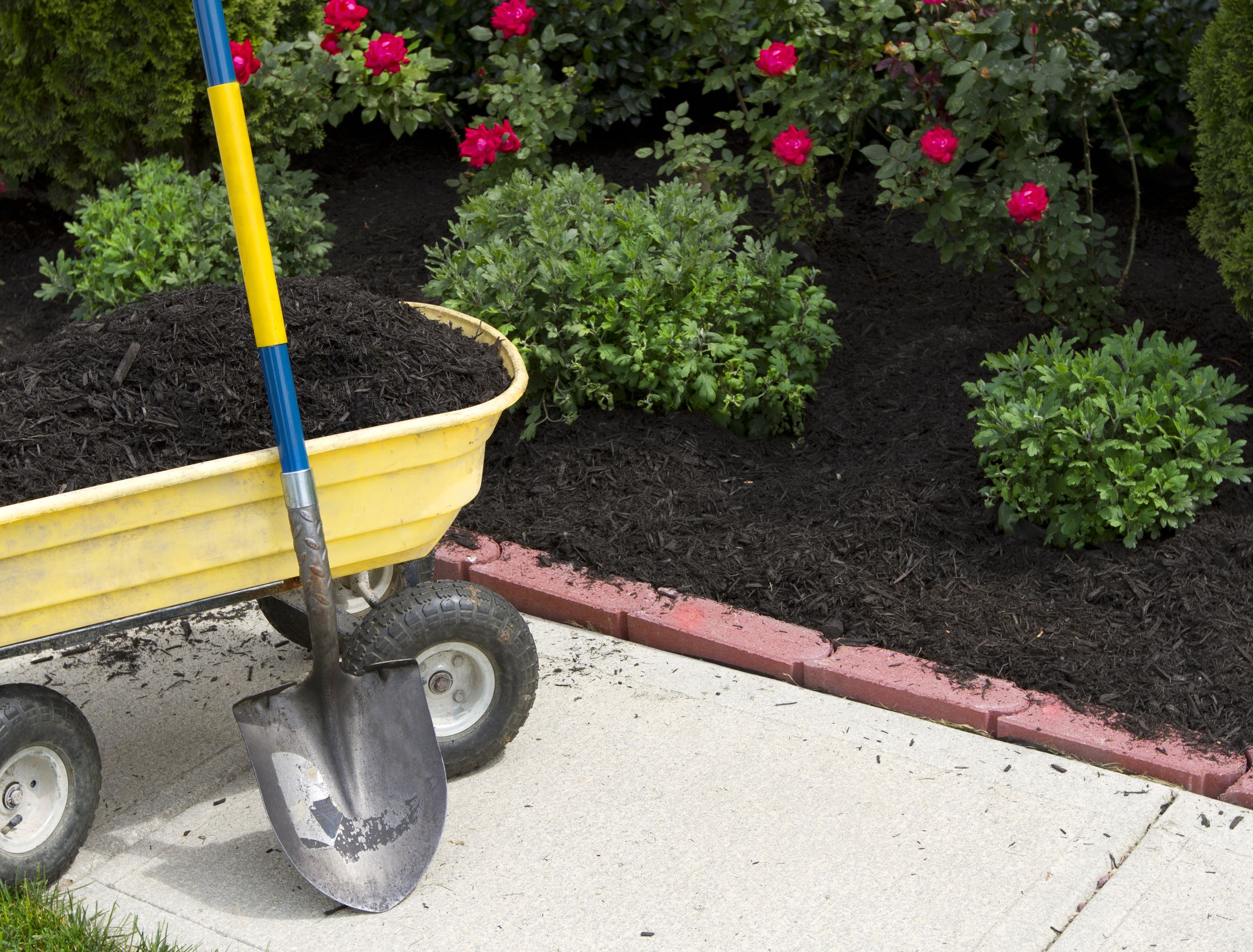With so many landscaping materials on the market, you might not be sure where to start when it comes to choosing the right one to place around your home's foundation. This is especially difficult since the material needs to be both protective and increase the curb appeal of your home -- unless you end up covering it.
Fortunately, there are four landscaping materials that are safe to place around your foundation and provide the necessary protection. Plus, they look nice! Learn all about the different materials and what they each offer, alongside some tips for using landscaping materials around your foundation.
Why is Landscaping Around Foundation Important?
Image credits: Clay Elliot via Pexels
Landscaping around the foundation of your home is crucial to providing structural integrity. Without the right materials, the foundation may face water damage. Soil erosion around your home's foundation is another issue to consider, regardless of whether you live on a slope or on flat land.
Excessive amounts of rain can erode soil away from your home, but the proper landscaping materials should weigh it down and keep it in place.
Best Landscaping Materials for Around Your Foundation
Now that you know why you need to protect your foundation, learn all about the best landscaping materials to get the job done right.
Rubber Mulch
Image credits: Melissa tate via Shutterstock
While there are many reasons to turn to mulch for use in your garden, rubber mulch is one of the best options for foundation landscaping. It doesn't attract the common pests that wood mulch does, such as termites, since there is nothing to feed on. Similarly to regular mulches, it helps prevent weed growth, keeping your yard looking spick and span.
Rubber mulch provides insulation and is low-maintenance, making it an excellent choice if your home gets chilly in winter. Remember that rubber can overheat the soil if it gets too hot, so it is best used in areas that don't receive a lot of snow. Though it is a bit more expensive, the material lasts much longer than other mulches, with a lifespan of around 10 years.
This type of mulch is not for use around young plants because of the chemicals it holds, but works for mature shrubs and trees, protecting them from dehydration. This also ensures the soil doesn't become too dry around your home, resulting in soil erosion.
Gravel
Image credits: cas.tula via Shutterstock
Gravel and other small rocks are ideal for absorbing heat from the sun while also providing drainage for water, preventing excess moisture and keeping your foundation and plants warm. There are lots of different shapes, sizes, and colors, making it easy to suit to your home's aesthetic. It also prevents overgrown weeds, though you can plant your own gravel garden for a low-maintenance and beautiful front yard.
Remember that you must contain gravel with some sort of edging to ensure it doesn't spread around your yard. Larger sized pebbles are generally best since they won't spread easily or block important drainage.
Also, and this is key, make sure the gravel slopes away from your home so that the water drains properly.
Bricks and Stone
Image credits: Siddartha Sikdarvia via Flickr
Brick and stone are strong, durable and holds up against moisture, not to mention pests and other animals. They provide necessary structural support, ensuring the soil around your home does not erode. On top of that, they discourage weed growth and prevent pest infestation since they do not hold onto moisture. When it comes to cleaning, all you really need is a power washer!
Bricks and stones come in a variety of shapes, colors, and designs, making them easy to style on your property. You can also lay the material in different patterns for a unique design. They're wonderful for areas that will face high foot traffic, such as the entryway of your home.
Concrete
Image credits: Rodolfo Quirós via Pexels
Concrete is strong, durable, and long-lasting. On top of that, it is one of the more affordable options. It creates an airtight barrier, protecting a home's foundation from water damage. Concrete is also rather simple to install yourself, meaning you don't have to cash out on professional work.
Not to mention this option is resilient to heavy rain and winters, while gravel and mulch may become displaced.
On top of that, concrete effectively prevents weed growth, meaning you don't have to worry about constantly caring for your yard. It also tends to age well, and you can easily bring it back to its original glory with a power washer and sweeping every so often.
Tips for Foundation Landscaping
Image credits: Ozgur Coskun via Shutterstock
When it comes to protecting your home's foundation, the proper landscaping materials aren't all you need. There are a few more top tips to help properly maintain and protect it.
- Mulch flower beds near your home to prevent the soil from drying out and eroding.
- Install a proper gutter system to drain water away from your home's foundation.
- Plant trees away from the foundation to ensure the root system does not penetrate or harm your home or any drainage systems.
- Regularly check all drains to ensure they aren't clogged.
- Don't plant directly next to your home's foundation. Instead, install one of the protective landscaping materials listed above and then plant your flowers in front of it. This helps the soil stay moist and compact, preventing erosion.
Protect Your Foundation!
The best material to use depends on your home's location, your budget, and your preferences. Consider the look of your home when deciding which materials you'd like to use, and also if you're going to cover them up with landscape plants! Remember that there are multiple uses for all these materials, so if you don't use them up you can implement them in other areas of your yard.
Do you have any tips for protecting a home's foundation? Share in the comments below!

